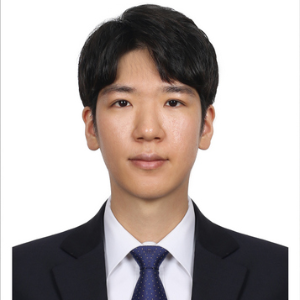Title : Pulmonary rehabilitation in patients with noninfectious pulmonary complication after hematopoietic stem cell transplantation
Abstract:
Introduction: Bronchiolitis obliterans syndrome (BOS) and organizing pneumonia(OP) are two representatives of subacute or late-onset noninfectious pulmonary complications in patients undergoing hematopoietic stem cell transplantation (HSCT). Although high-dose corticosteroids are used as the main treatment, there is no standardized treatment. Previous studies have shown that comprehensive pulmonary rehabilitation (PR) is effective in improving respiratory symptoms and quality of life in chronic lung disease such as chronic obstructive pulmonary disease or interstitial lung disease. We would like to share the experience of performing PR in patients with noninfectious pulmonary complications after HSCT.
Method: We reviewed patients with BOS or OP after HSCT referred to the rehabilitation clinic for PR from respiratory physicians. A total of 9 patients who underwent PR in an outpatient setting for more than 3 months or who received intensive inpatient PR were selected. The PR program comprised a total of 60 minutes including 5 minutes of warm-up exercise, 20 minutes of chest mobilization, breathing retraining, resistive exercise, 30 minutes of aerobic exercise, and 5 minutes of cool-down exercise. The intensity of the aerobic exercise was gradually increased to reach rated perceived exertion (RPE) scale 12~13. During the course of PR, the 6 minutes walking test (6MWT) and the pulmonary function test (PFT) were measured.
Result: The group of 9 patients included 7 BOS patients and 2 OP patients. The medical records and functional results of 9 cases are presented in outpatients (case 1~8) received PR once or twice a week and one inpatient (case 9) received PR every day for 2 weeks. 6MWT outcomes showed improvement after PR. In 2 cases, there was a transient decrease in walking distance due to medical problems (2 hospitalizations of pneumothorax for case 1 and operation of femur fracture for case 6), but thereafter, recovery of exercise tolerance showed with persisting PR. The average 12 meters monthly improvement at 6MWT was measured in patients of outpatient settings without medical problems. In addition, as long-term rehabilitation treatment was carried out, continuous improvements in exercise tolerance were shown. 6MWT showed improvement regardless of the change in PFT in BOS patients. On the other hand, improvements of exercise tolerance were simultaneous with the improvement of PFT in OP patients.
Discussion: We found out that PR has a possibility as an effective non-pharmacologic treatment in patients with BOS and OP. Notably, in some cases, there was an improvement not only in exercise tolerance but also in lung function. Further research to evaluate the effects of PR in patients with noninfectious pulmonary complications after HSCT is demanded.




